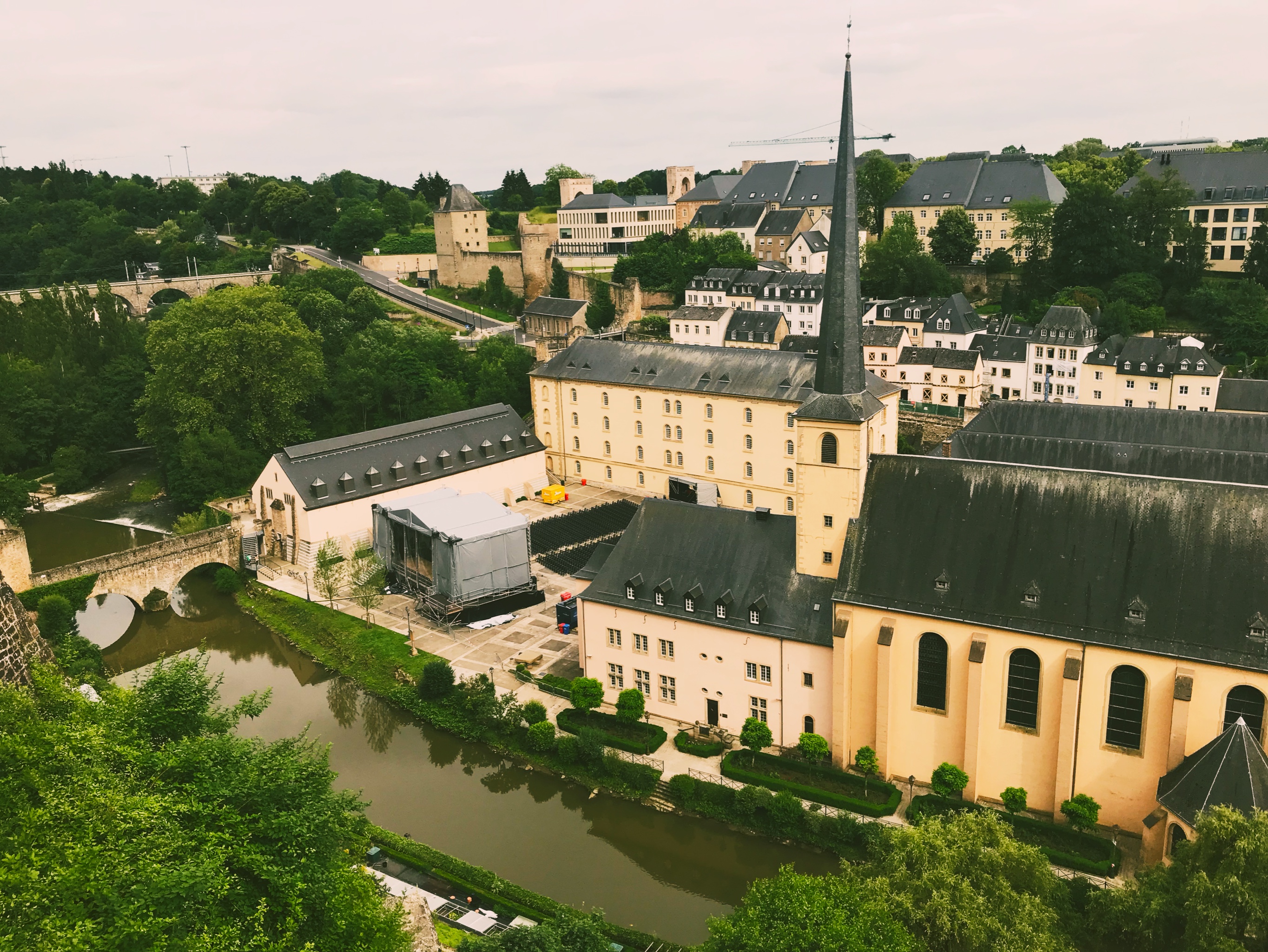
“I’m labeling the bus from Antwerp to Luxembourg! I can’t look at the hostel reservations right now!” I frantically said to my mom. We were in the kitchen, papers strewn across the table, reviewing the itinerary. Over the course of a week, I coordinated everything from planes, trains, and hostels for a three week Europe trip, visiting 6 cities. But here’s the kicker, I did it all for under 1,800 dollars per person including direct airfare and accommodations. That’s 600 dollars per week or 300 dollars per city.
If you’re itching to know how I did it, you’re in luck. Before I explain some of the tips and tricks I used, you should know that we stayed in hostels for most nights and flew discount airlines. In fact, we each had to pack for our entire trip in two carry-ons weighing less than 22 pounds combined, due to flight restrictions. Despite this, I learned a remarkable amount through planning the trip, so without further ado let’s get started!
First, when traveling on a budget always check hostels in the area before checking hotels or Airbnbs. Hostels often get a bad reputation for being grimy and crowded with noisy students, but that was the exact opposite of my experience. The hostels I stayed at had a multitude of benefits, often times including free breakfast, a game room or common room, free toiletries, and a 24/7 receptionist. Not only that, but what I found was that Airbnbs can be unreliable and cancel your accommodations even 24 hours before your stay. Hostels are reliable and affordable which is why we stayed at three different hostels throughout the trip.
Second, this seems simple, but anything you can do to remove stress from your travels, even if that’s printing your tickets ahead of time, will benefit you in the long run. I carried a yellow transparent plastic folder with me at all times that included print-outs of all of the travel information for the entire trip. I ordered them chronologically with colored sticky notes marking each paper, so I was confident when it came time to travel again that I had everything sorted. Even if you’re a techie I recommend printing all of your documents before you leave. I’ve seen travelers fumble around their emails looking for their tickets or be unable to scan their electronic tickets. Don’t let that be you!
Third, when it comes to experiencing the city itself make sure that you research landmarks ahead of time, but also allow yourself to spontaneously enjoy the moment. I researched a variety of outlook points, landmarks, museums, and restaurants to visit in each city. Having these locations saved on Google maps was helpful when we didn’t know where to spend the afternoon. Speaking of Google maps, one of its lesser known features is called offline maps. I would recommend that every traveller download the offline map when visiting a new city. The map allows users to save locations of establishments and landmarks and gives accurate location readings without using any wifi or cellular data. While relying on a map is a good way to see everything you planned, some of the best experiences came from “off roading”.
Overall, if you’re even thinking about planning a trip to Europe I would highly recommend it! Don’t let a tight budget stop you from having an incredible trip! I am extremely lucky to have had the opportunity to plan and partake in a once in a lifetime trip that opened my eyes to the world and to my own skills as a travel manager.
Dear Reader: This page may contain affiliate links which may earn a commission if you click through and make a purchase. Our independent journalism is not influenced by any advertiser or commercial initiative unless it is clearly marked as sponsored content. As travel products change, please be sure to reconfirm all details and stay up to date with current events to ensure a safe and successful trip.